-

Is MODY (Maturity-Onset Diabetes of the Young) similar in symptoms to Type 2 diabetes, but is a monogenic form of diabetes caused by a specific gene defect, unrelated to obesity or lifestyle?
1. What is MODY (Maturity-Onset Diabetes of the Young)? MODY stands for ‘Maturity-Onset Diabetes of the Young’ and is a rare form of diabetes caused by a defect (mutation) in a single specific gene, different from Type 1 or Type 2 diabetes. 2. Key Characteristics of MODY – Clear Genetic Inheritance: MODY is inherited in…
-
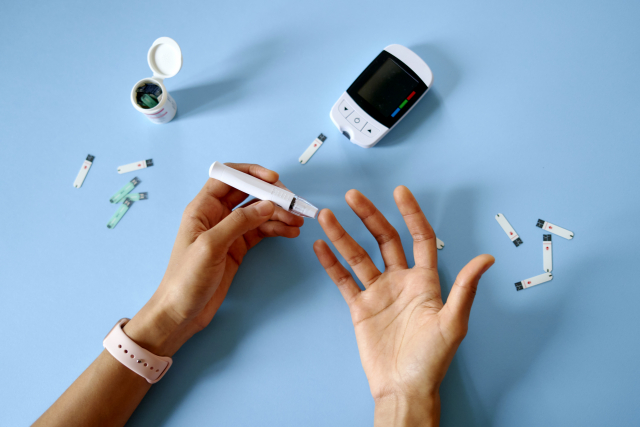
For a diagnostic blood glucose test for diabetes, are the results the same regardless of whether arterial, venous, or capillary (fingertip) blood is used?
1. Glucose Levels Differ Depending on Where You Measure Our body’s blood glucose levels show slight differences depending on the type of blood and the time of measurement. Blood can be broadly categorized into arterial blood, venous blood, and capillary blood from the fingertip. 2. Differences in Glucose Levels by Blood Type – During Fasting:…
-

Is ‘postprandial blood glucose’ generally measured based on the 2-hour mark from the *start* of the meal?
1. The Importance of Postprandial Blood Glucose Monitoring Postprandial (after-meal) blood glucose is a crucial indicator of how effectively our body’s insulin responds to the food we eat, especially carbohydrates. Measuring and managing post-meal blood sugar against a consistent standard is essential for reducing glycemic variability and preventing complications. 2. Why is the ‘Start of…
-
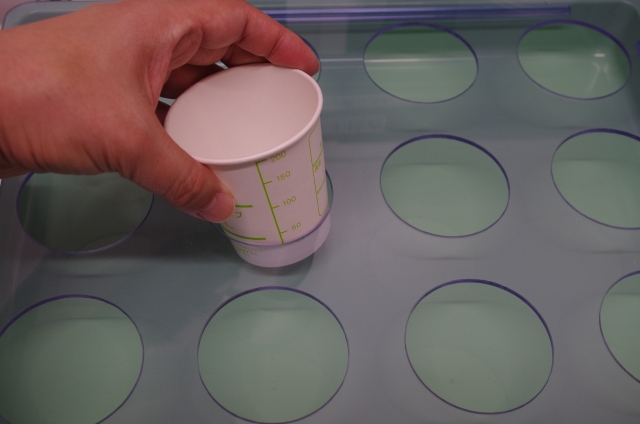
Does a blood ketone test reflect the body’s current ketone status more accurately and in real-time than a urine ketone test?
1. Two Methods of Measuring Ketones There are two main ways to measure ketones to assess the risk of diabetic ketoacidosis (DKA): urine tests and blood tests. Both are useful, but they differ in terms of accuracy and real-time reflection. 2. Urine Ketone Test – Principle: When ketones increase in the blood, they are excreted…
-
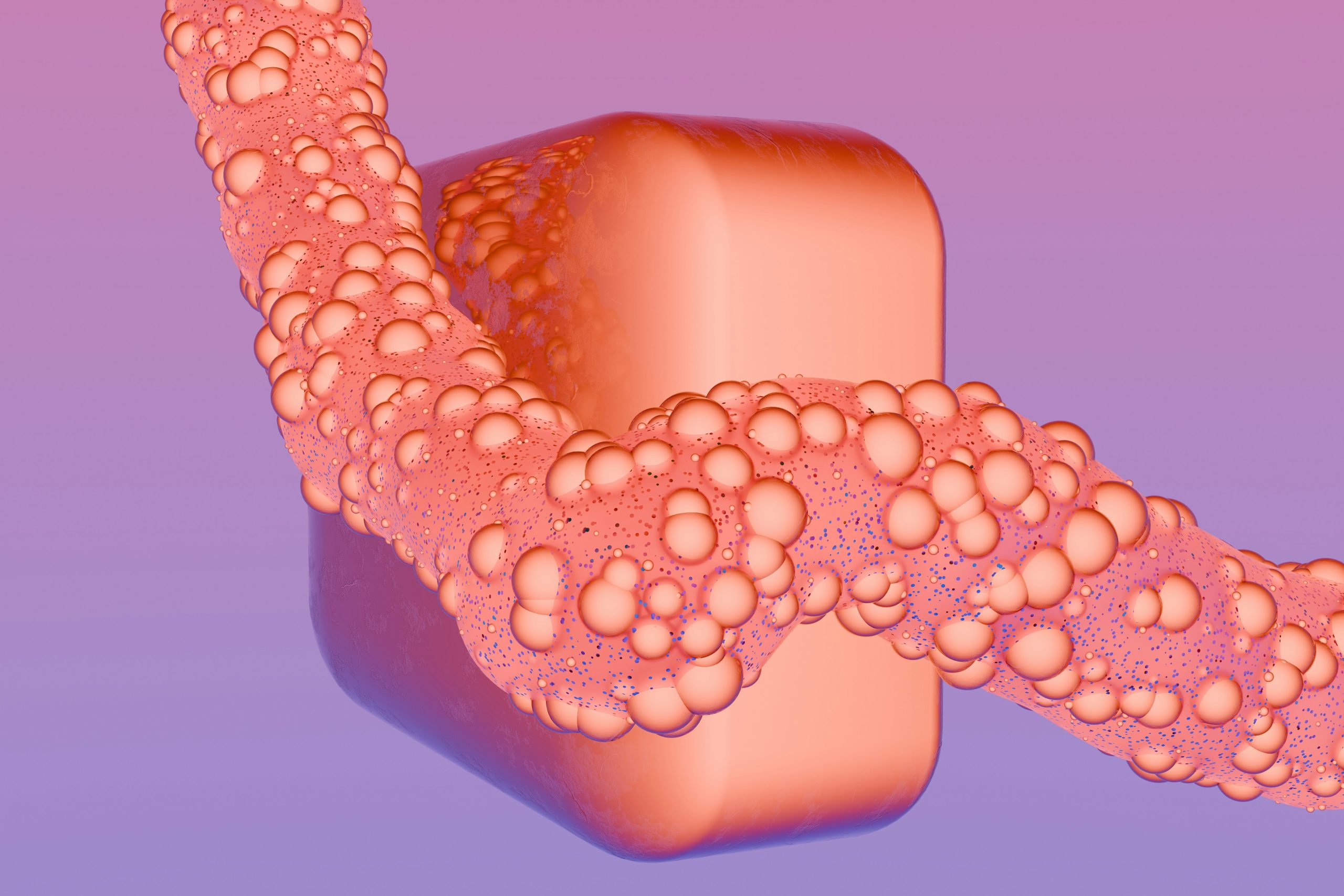
Is the ‘glucagon stimulation test’ a test that evaluates remaining pancreatic insulin secretion capacity by injecting glucagon and measuring the C-peptide response?
1. Why Evaluate the Pancreas’s Insulin Secretion Capacity? When planning treatment for a person with diabetes, knowing how much ability their pancreas has left to produce its own insulin is crucial. This is key information for differentiating between Type 1 and Type 2 diabetes, or for determining when a patient with Type 2 diabetes needs…
-
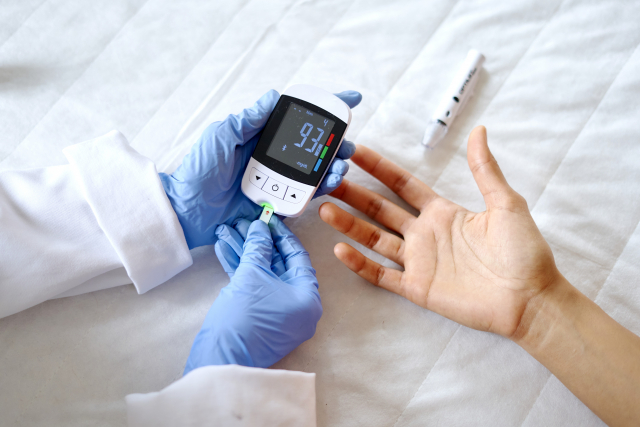
Does the ‘fructosamine test’ reflect a longer period of average blood sugar (4-6 months) than the Hemoglobin A1c (HbA1c) test?
1. Another Average Blood Glucose Indicator: Fructosamine Fructosamine, like hemoglobin A1c, is a type of ‘glycated protein’ formed when glucose in the blood binds to proteins. While HbA1c is glucose bound to ‘hemoglobin’ in red blood cells, fructosamine is primarily glucose bound to ‘albumin,’ the most abundant protein in blood serum. 2. The Difference in…
-

Can a ‘diabetes educator’ prescribe medicine and decide the treatment plan instead of a doctor?
1. The Team Approach to Diabetes Management Successful diabetes management is difficult to achieve with the efforts of just one doctor. The best results are obtained when a team, including a doctor, nurse, dietitian, and ‘diabetes educator,’ works collaboratively with the patient at the center. Each professional performs a different, important role. 2. The Role…
-
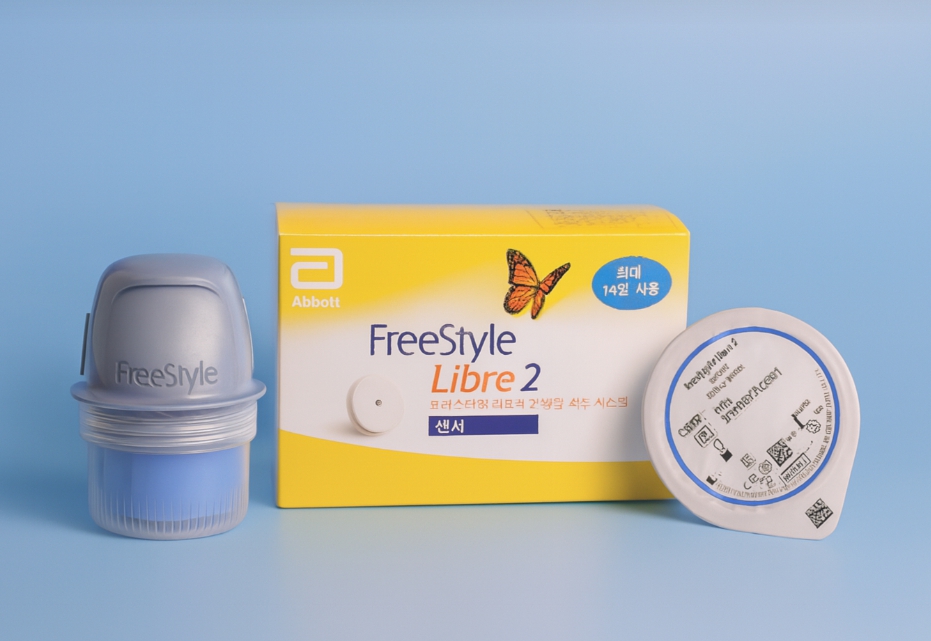
Is a Continuous Glucose Monitor (CGM) a device that allows you to check real-time blood sugar trends without finger pricks?
1. What is a Continuous Glucose Monitor (CGM)? A Continuous Glucose Monitor (CGM) is a device that measures the glucose concentration in the ‘interstitial fluid,’ the fluid between cells, via a small sensor inserted just under the skin in the subcutaneous fat layer. The glucose level in this fluid is very closely correlated with the…
-
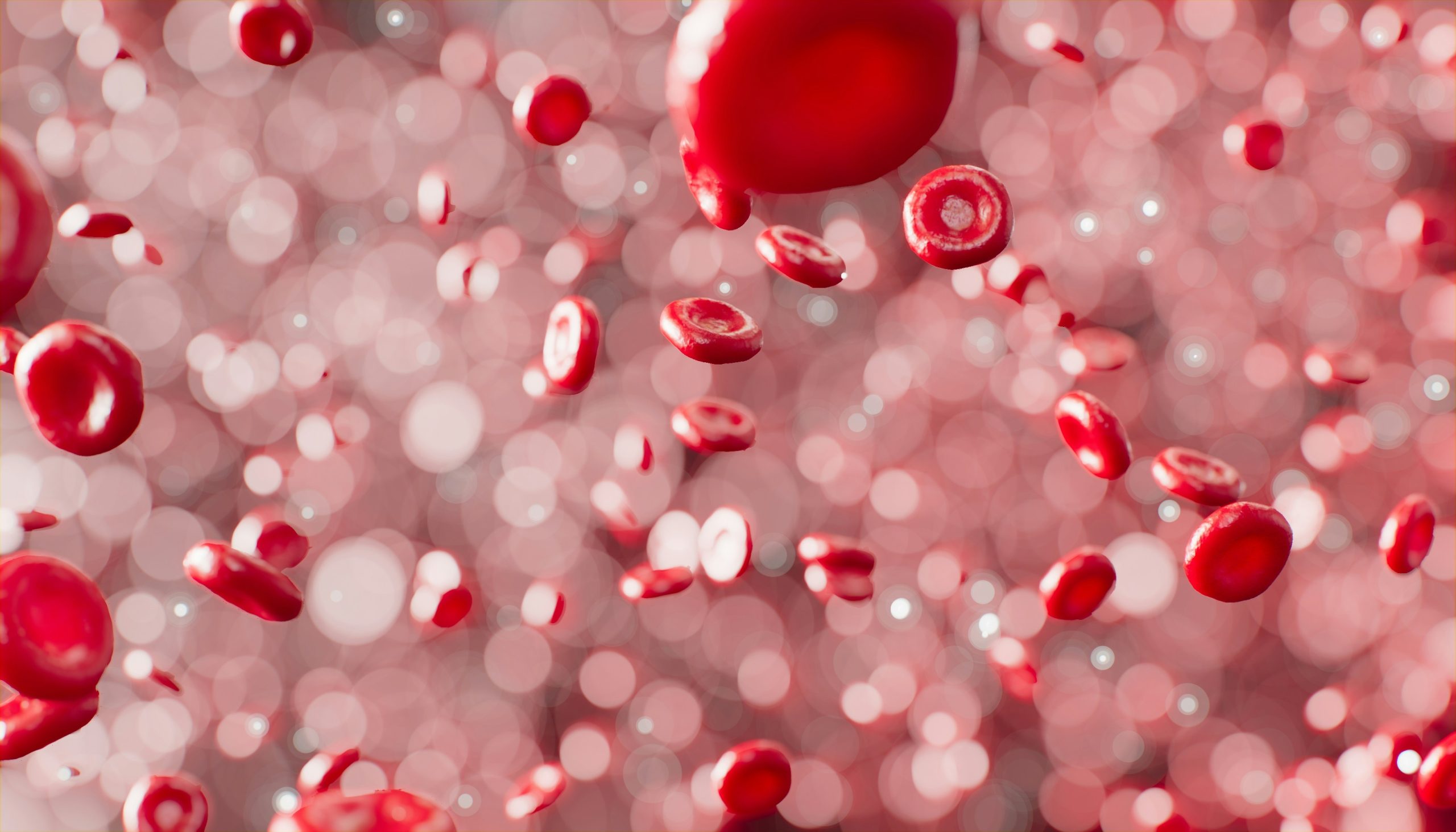
Are people with diabetes more prone to dry skin, itching, and skin infections than the general population due to poor circulation and high blood sugar?
1. Diabetes and the Skin: A Close Relationship The skin is our body’s largest organ and acts as a mirror reflecting our overall health. High blood sugar and poor circulation due to diabetes can cause various skin problems. In fact, many people with diabetes experience dry skin or itching in the early stages, and sometimes…
-

Do all types of insulin injections have the same onset and duration of action?
1. Various Insulins for Personalized Treatment Just as everyone’s lifestyle and eating patterns are different, so are their blood sugar patterns. For effective blood sugar control, various types of insulin have been developed based on their time of action and are prescribed according to the patient’s condition. They can be broadly divided into bolus (mealtime)…
DangTalk download | PESS Mining | PiSTORE | Naver Cafe
